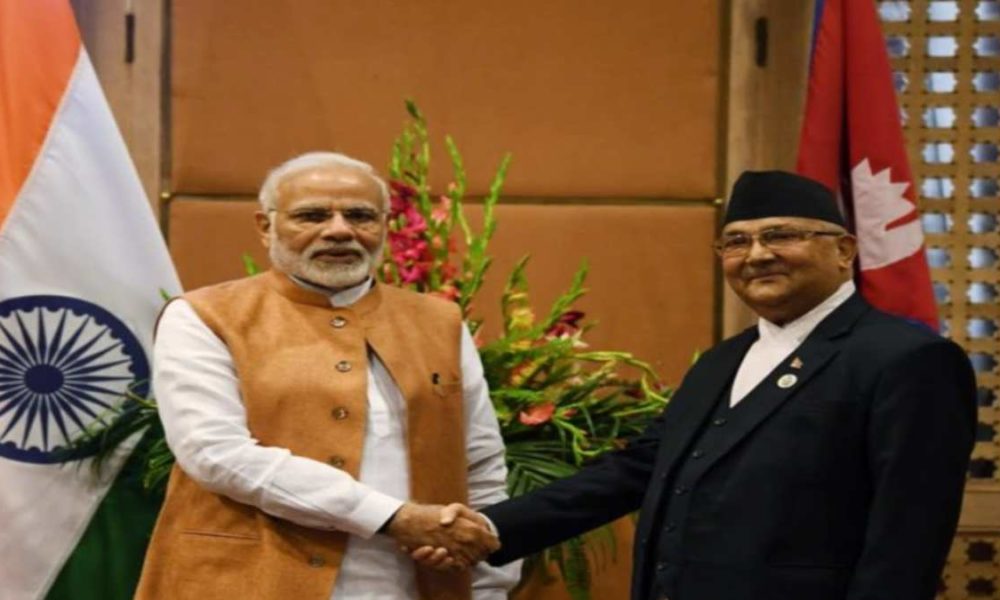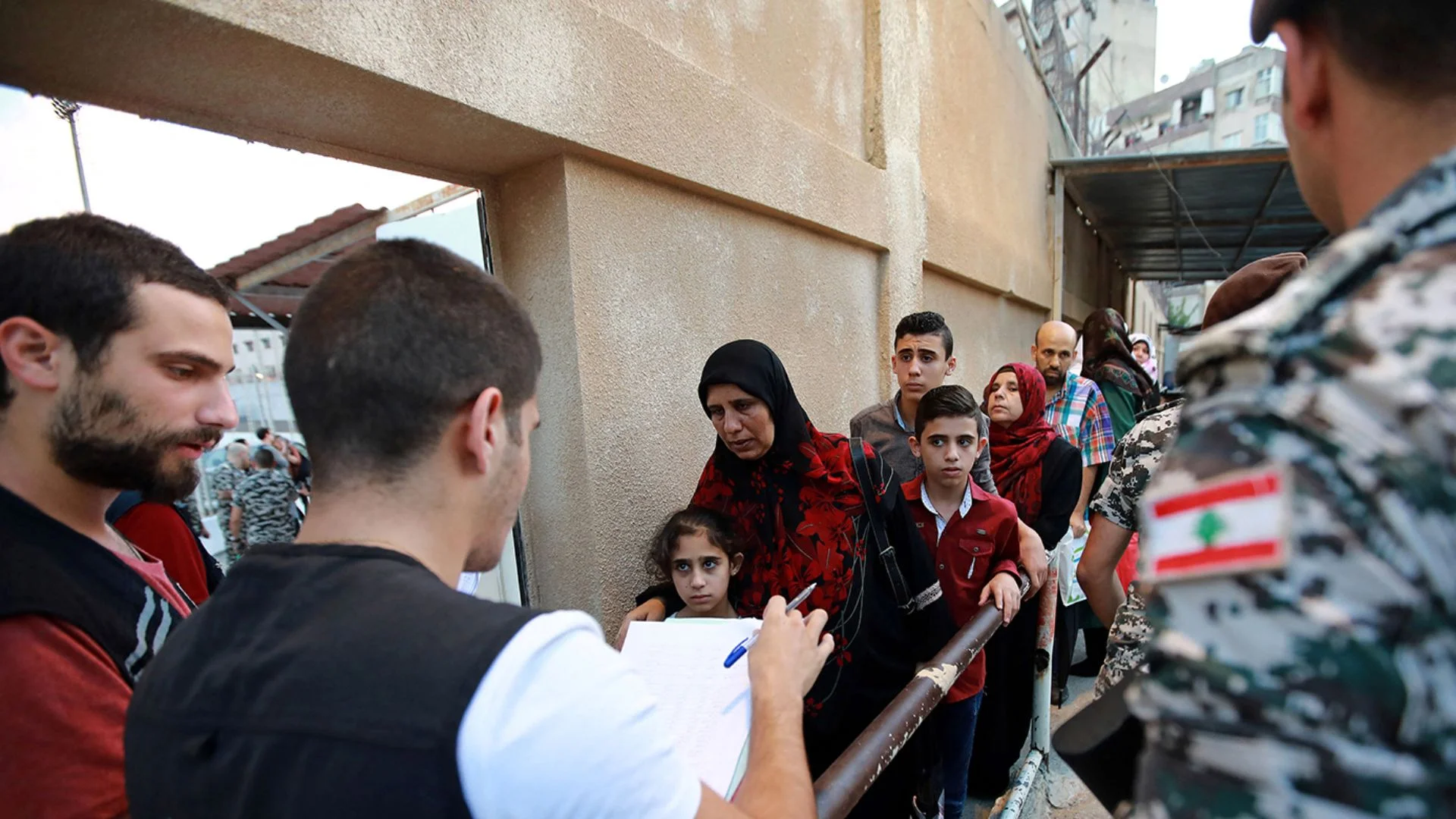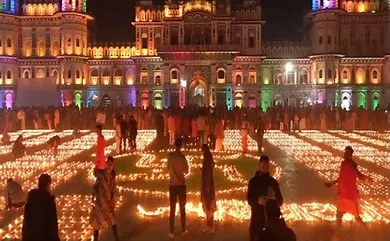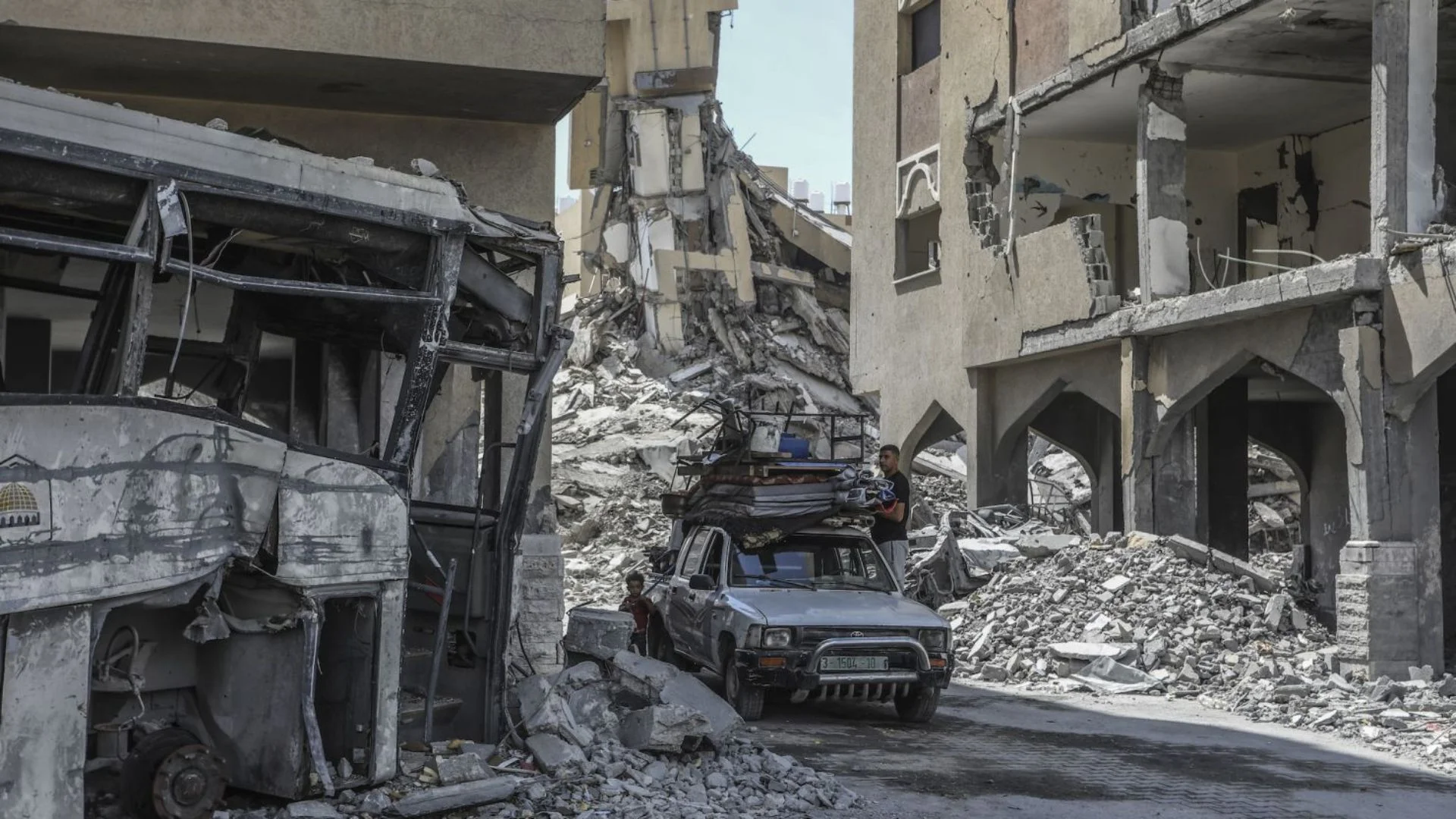Nepal has been a part of India’s collective national conscience since time immemorial. However, it is only in the last 74 years since India’s Independence in 1947 that it has doubled up as our strategic partner. People to people ties, clearly visible in the unhindered movement of citizens across the osmotic borders of the two countries, are the bedrock of India-Nepal relations. These have been supplemented by a number of connectivity initiatives by India in the form of road, rail and human connectivity, either as development aid by India or as a joint venture between Indian and Nepal governments. As a result, these projects have ensured Nepal’s emergence in the South Asian region as a self-sustained nation and an important partner for India in its search for cross cutting civilisational ties that bind South and South-East Asia.
Out of the many projects that are currently being pursued by both the countries, the trade transit project is of considerable importance. Since Nepal is landlocked and straddles both India and China, there is considerable pressure from China to hijack Nepal’s trade through debt diplomacy and predatory pricing. All goods dispatched and reaching Nepal currently come through Kolkata, which take a further 20 days to finally arrive at their final destination. This is being again short-circuited through a new facility being developed at Vishakhapatnam that will reduce the transit time considerably. Since Nepal is such an important country, this is being expedited by interventions at the highest levels of the Indian government. On the other hand, China which portrays it Belt and Road Initiative (BRI) as the ultimate communication panacea hides the fact that any goods reaching Nepal will have to first come through its seaports then transit the harsh and mountainous regions of Tibet before finally reaching Nepal. In the process, the transaction costs will be astronomical besides the time penalty.
In order to facilitate Nepal’s further integration within the thriving Indian economy and make it an intimate part of India’s success story, India plans to open up four revamped Integrated Check Posts (ICPs), the second of which was inaugurated jointly at Jogbani-Biratnagar by the Prime Ministers of both the countries on 20 Jan 2020. The first one at Raxaul-Birganj was inaugurated in Apr 2018 and currently handles a load of 500 trucks a day, a figure which is symbolic of the huge amount of trade traversing the borders. Raxaul incidentally is the same place from which India aims to expand its communication links to Nepal via a railway line that extends to Kathmandu. The Indian and Nepal governments have also finalised the blueprints for the Arun-III hydropower project which will be developed on the Arun River in Sankhuwasabha District of Province 1, East Nepal. The project is likely to create 3,000 jobs and generate around 900 MW electricity, which will be purchased by India, giving a further impetus to Nepal’s economy.
One of the most appreciated and important connectivity projects, that of human to human connectivity, is being carried out of the media glare. This is the Indian Army’s outreach program towards its Gorkha exservicemen (ESM). One of the most historical ties that still bind the two nations together is the number of Nepali citizens serving in the Indian army, a legacy which goes back to Gorkha soldiers serving in the British Raj. They have proved their bravery and loyalty to the Indian nation time and again. Deployed in the harshest of terrains and battling the most treacherous of enemies, whether on the Line of Control (LC) or in the Vale of Kashmir, they have been steadfast in their duties, sacrificing lives for India.
A massive program under the Nepal Bharatiya Gorkha Sainik Board (NBGSB) has been launched to look after the almost 1.26 lakh Nepali Indian army ESM. The biggest staff at any Indian embassy has been employed in Kathmandu to look after their interests. The Defence Attache (DA) looks after their affairs personally. Nowhere in the world does India dedicate such huge manpower resources to a country. Almost 25 District Sainik Boards (DSBs) have been looking into the HR, legal and administrative matters of the ESM since the 1950s. Apart from this, a number of monetary beneficiary schemes have been launched that provide support for marriage, education, medical and ancillary expenses of the Nepali ESM. This is in addition to the Exservicemen Contributory Health Scheme (ECHS) hospitals at Kathmandu, Pokhara and Dharan. A number of premier hospitals have been empaneled in this scheme. The Indian army has also ensured the establishment at a Records and Pension office at the Indian embassy in Kathmandu along with branches in Pokhara and Dharan. In the aftermath of the devastating earthquake in 2015, the Indian government constructed 50000 houses in Gorkha and Nuwakot districts, a significant portion of which belonged to Nepali ESM. India and Nepal are joined at the hips, geographically and culturally and despite minor differences this friendship has endured. The Indian Army has always ensured that the Nepali ESM are always given paramount importance in all its dealings. It has also provided arms, ammunition, logistics support and training to the Nepali army, a strategic partner. Troops of both countries have trained together as part of the Surya Kiran joint exercises, apart from being deployed together in a number of peacekeeping missions abroad. The recent diplomatic tussle over a small territory is again a reminder that India and Nepal cannot and should not forsake their deep ties over a piece of insignificant territory whose impermanence as a barrier between them is obvious.























